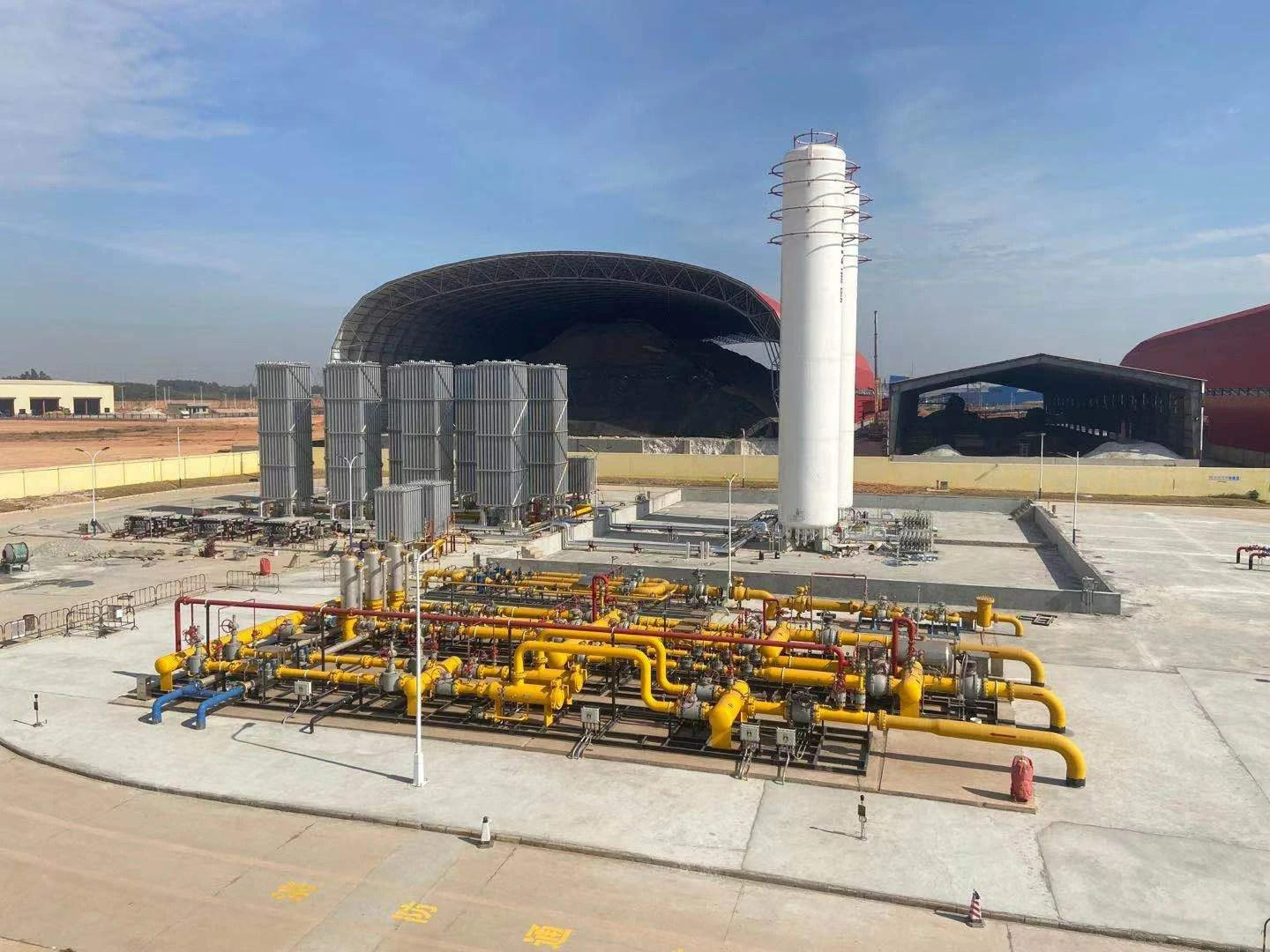
Nov . 30, 2024 21:57
Back to list
relief valve
Understanding Relief Valves Essential Components for Safety and Efficiency
Relief valves are critical safety devices used in various industries, including manufacturing, oil and gas, and chemical processing. Their primary function is to protect equipment and systems from excessive pressure, which can lead to catastrophic failures and hazardous situations. By understanding how relief valves work, their types, and their applications, professionals can make informed decisions regarding their implementation and maintenance.
What is a Relief Valve?
A relief valve is a safety device designed to control or limit the pressure in a system by releasing excess pressure through an outlet. These valves automatically open when the system pressure exceeds a predetermined set point, allowing fluid or gas to escape until the pressure drops to a safe level. Once the pressure drops, the valve closes again, preventing further discharge.
How Relief Valves Work
Relief valves operate based on pressure differentials. When the pressure in a system rises above the set point, the valve’s spring mechanism is overcome, causing the valve to open. The discharge continues until the internal pressure drops below the spring’s threshold, at which point the valve returns to its closed position. This automatic response is crucial for maintaining the integrity of pressure vessels, piping systems, and various industrial equipment.
Types of Relief Valves
There are several types of relief valves, each suited for different applications
1. Spring-Loaded Relief Valves These are the most common type of relief valve. They use a spring mechanism to hold the valve closed until the set pressure is reached. When the pressure exceeds this limit, the spring compresses, opening the valve and allowing for the safe release of pressure.
2. Pilot-Operated Relief Valves These valves use a smaller pilot valve to control the larger main valve. When the pilot valve detects excessive pressure, it opens, allowing pressure to act on the main valve, which then opens to relieve pressure. Pilot-operated valves are often more sensitive and can handle larger flow rates compared to spring-loaded valves.
relief valve

3. Bursting Discs While not technically a valve, bursting discs are another way to relieve pressure. These are thin, pre-stressed membranes that rupture at a specific pressure. Once the disc bursts, pressure is released, but the system cannot be reused until the disc is replaced.
Applications of Relief Valves
Relief valves are used in a wide range of applications. In the oil and gas industry, they protect pipelines and storage tanks from overpressure incidents. In chemical processing, relief valves safeguard reactors and distillation columns, ensuring safe operation and preventing explosions. Furthermore, in HVAC systems, they maintain safe pressure levels in compressors and heat exchangers.
Additionally, relief valves are integral to boilers, where they prevent dangerous pressure build-up that could lead to boiler explosions. The implementation of relief valves is not only a regulatory requirement in many industries but also a best practice for ensuring the safety and reliability of equipment.
Importance of Proper Maintenance
Regular maintenance and testing of relief valves are essential to ensure their reliability. Accumulation of debris, wear and tear, and corrosion can affect a valve’s performance, potentially leading to failure during critical operations. Periodic inspections should include checking for leaks, ensuring proper seating of the valve, and testing the set pressure to verify that it meets specifications.
Furthermore, it is crucial to ensure that relief valves are appropriately sized for their applications. An undersized valve may not relieve pressure effectively, while an oversized valve can lead to unnecessary fluid loss and inefficiency.
Conclusion
In conclusion, relief valves are indispensable components that ensure the safety and efficiency of various industrial systems. By understanding their operation, types, and applications, industries can effectively implement these safety devices and conduct regular maintenance to ensure optimal performance. As technology advances, the design and functionality of relief valves continue to improve, providing enhanced safety for personnel and equipment alike. Investing in the right relief valve solution not only complies with safety regulations but also promotes operational efficiency and peace of mind.
Latest news
-
Safety Valve Spring-Loaded Design Overpressure ProtectionNewsJul.25,2025
-
Precision Voltage Regulator AC5 Accuracy Grade PerformanceNewsJul.25,2025
-
Natural Gas Pressure Regulating Skid Industrial Pipeline ApplicationsNewsJul.25,2025
-
Natural Gas Filter Stainless Steel Mesh Element DesignNewsJul.25,2025
-
Gas Pressure Regulator Valve Direct-Acting Spring-Loaded DesignNewsJul.25,2025
-
Decompression Equipment Multi-Stage Heat Exchange System DesignNewsJul.25,2025

